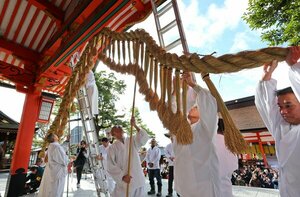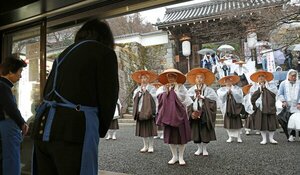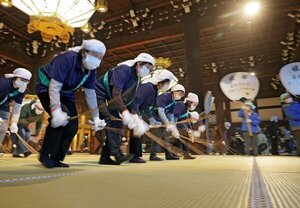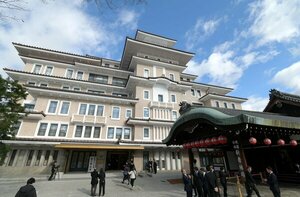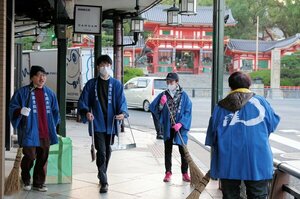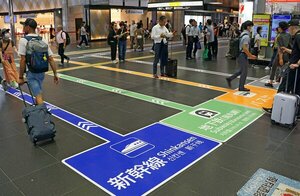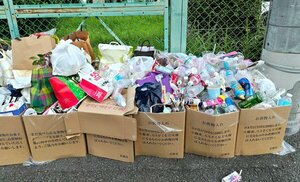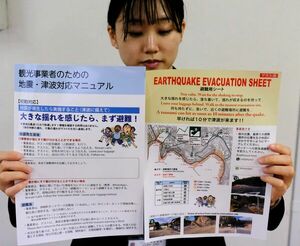The light sound of the balls hitting the tip or plate echoes through the quiet practice area of the Miyazu Amanohashidate Kendama School (Miyazu City, Kyoto Prefecture). The children follow the balls' movements with serious expressions. When they successfully perform the tricks they've been trying, they burst into smiles.
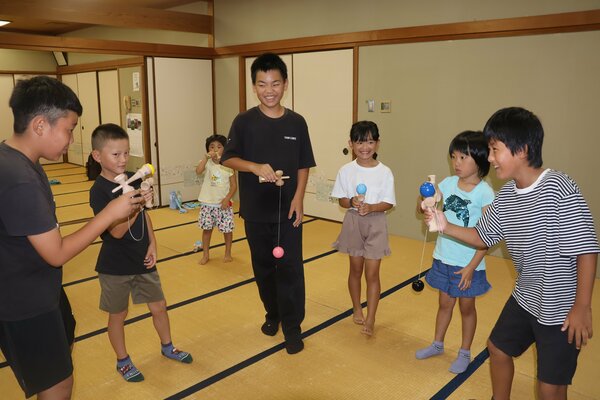
Kendama is played with by placing balls attached to strings on the tip of a cross-shaped "ken" or on the plate. The appeal is that you can enjoy a variety of tricks. About 15 kindergarten and elementary school children from Miyazu City attend the school, which was opened in July 2016 by insurance agency owner Yanagawa Satoshi (Miyazu City).
Yanagawa Satoshi became interested in kendama after watching a TV program where celebrities competed in kendama tricks, and he became so engrossed in it that he obtained a qualification as a Japan Kendama Association promoter and began teaching children. "It takes less than a second to complete one trick. You can fail many times, and the speed at which you improve is what makes it so appealing," he says. He says the secret to improvement is "accumulating failures," and conveys the importance of actively taking on challenges.
The children's goal is the Kendama Proficiency Test. Each grade has a set number of successful moves and attempts, and participants can start from grade 10. "Tomeken," which involves putting the ball into the tip of the kendama, is a grade 6 move, while "Todai," in which the plate is placed on top of the ball, is a difficult grade 1 move. There are even some students in the classroom who have reached the highest level of 2nd dan.
Yanagawa Satoshi teaches the children how to use their knees and relax, watching over them and commenting, "That was good, nearly." A sixth-grade student at Miyazu Elementary School said, "Kendama is fun and easy to play. It's fun because it makes you want to try all kinds of different moves."

